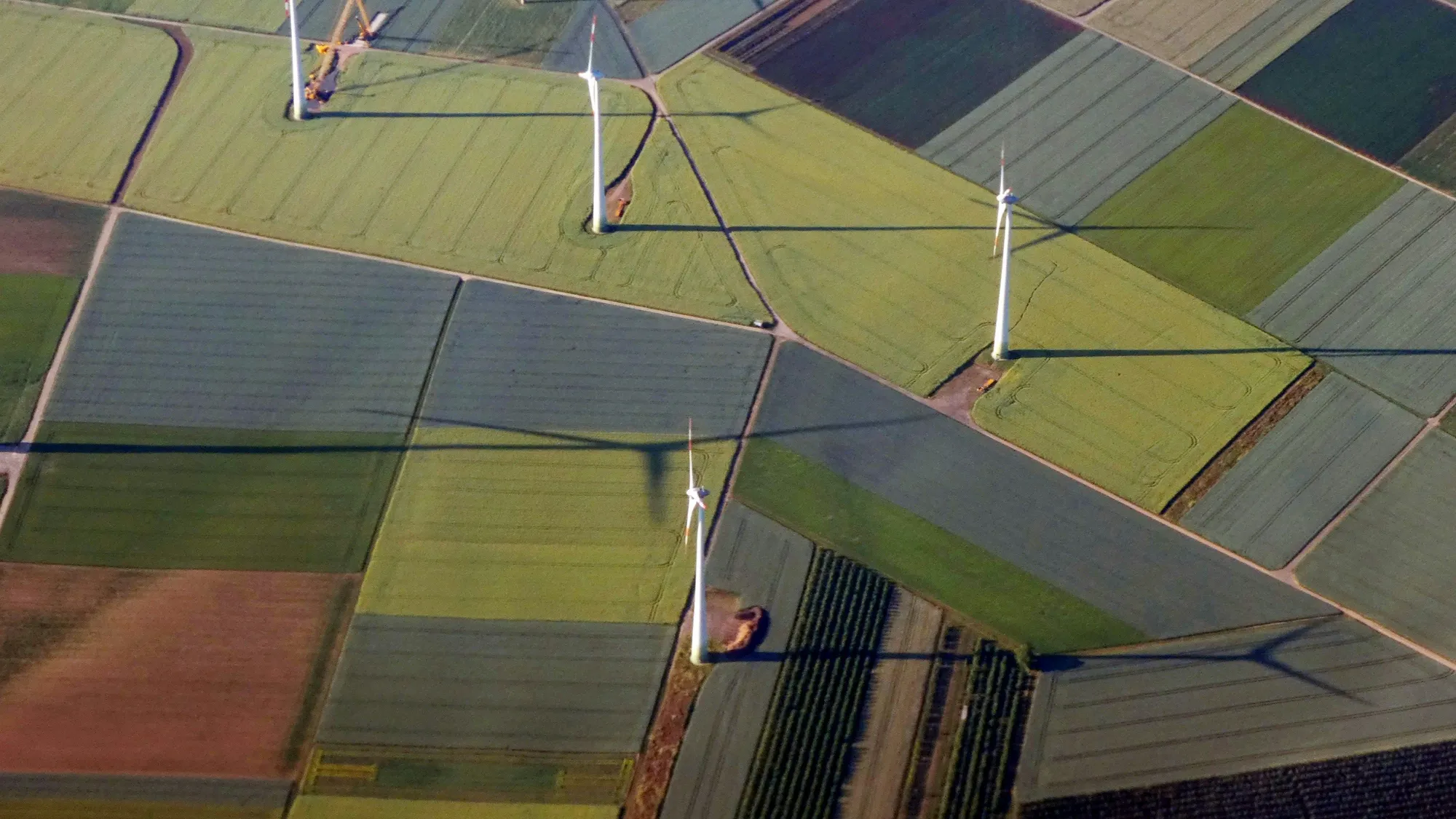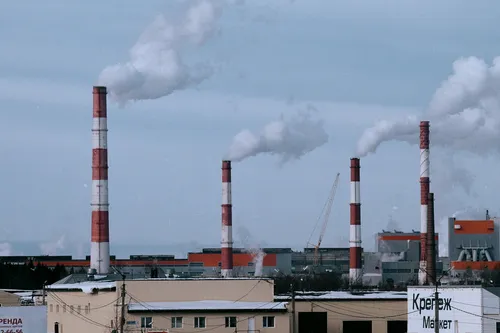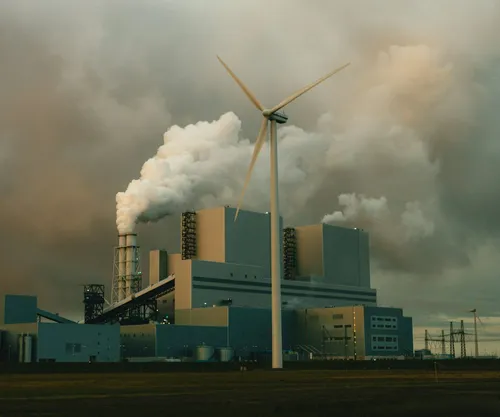Nationally Determined Contributions in Practice: Inside Indonesia's Climate Action Framework
Indonesia has deepened its commitment to climate action with bold new targets. The country now aims to cut greenhouse gas emissions by 31.89% unconditionally and 43.2% with international support. These targets substantially exceed their previous pledges of 29% and 41%. This boost shows Indonesia's steadfast dedication to curb climate change while supporting economic growth.
Indonesia's approach to nationally determined contributions (NDC) stands out among other countries. The nation has set clear goals to restore 2 million hectares of peatlands and rehabilitate 12 million hectares of degraded lands by 2030. It also wants to reach net zero emissions by 2060 or earlier. Under the Paris Agreement, NDCs serve as country-specific climate action plans. Indonesia's plan takes a complete sectoral approach to implementation.
The ambitious targets require substantial funding. Indonesia needs 4.52 quadrillion rupiah ($310 billion) to achieve its 2030 NDC goals. The national budget from 2018-2020 only covered a third of the projected costs. This piece explores Indonesia's climate action framework, how it puts commitments into practice, and the key sectoral contributions that are the foundations of its climate policy.
Indonesia’s Climate Policy Framework and NDC Commitments
Indonesia's climate action depends on a strong policy framework that arranges domestic laws with international pledges. The country has built legal structures methodically. These structures support its nationally determined contributions through several policy tools.
Paris Agreement Alignment and Act No. 16/2016
Act No. 16/2016 is the life-blood of Indonesia's climate policy structure. This law made Indonesia's role in global climate efforts official. The country turned international climate promises into binding national duties.
The act recognizes nationally determined contributions under the Paris Agreement. It refers to targets specific to each country and enables various ministries to work together on implementation plans. The Ministry of Environment and Forestry leads the task of reporting Indonesia's progress to the UNFCCC.
The Paris Agreement prompted Indonesia to create a clear system. This system helps measure, report, and verify its climate actions. These elements prove vital to meet nationally determined contributions by country.
National Action Plan on Climate Change Adaptation (RAN-API)
RAN-API shows Indonesia's strategic plan to build climate resilience in sectors at risk. The plan, which gained strength after the Paris Agreement, targets five key areas:
Economic resilience
Livelihood resilience
Ecosystem resilience
Special area resilience
Supporting systems
RAN-API's place in Indonesia's nationally determined contributions shows that adaptation must work alongside mitigation. Central government agencies, provincial authorities, and local communities work together to implement the plan.
RAN-API stands out because it values indigenous knowledge and local solutions. This approach differs from other countries' nationally determined contributions that often favor technology over traditional methods.
Presidential Decree No. 71/2011 on GHG Inventory
Presidential Decree No. 71/2011 created Indonesia's National Greenhouse Gas Inventory System. This essential tool tracks emissions and measures progress toward NDC targets. The decree requires reports from five main sectors:
Energy
Industrial processes and product use
Agriculture
Land use, land-use change and forestry
Waste management
Regional levels collect emissions data before national consolidation. This creates a detailed bottom-up inventory system. The system provides metrics to assess Indonesia's progress toward its nationally determined contributions.
The decree also set up regular data reviews. These reviews help Indonesia's climate policies stay current with new conditions and scientific findings. Indonesia now has one of Southeast Asia's most detailed emissions tracking systems. This system serves as the foundation of its climate policy implementation.
These three policy tools work together uniquely. They turn Indonesia's international climate promises into practical domestic policies. This approach sets Indonesia apart from many developing nations through its detail and legal structure.
Mitigation and Adaptation Commitments in Practice
Indonesia has turned policy frameworks into real climate action through concrete commitments. The country's mitigation and adaptation strategies set it apart from comparable economies.
GHG Reduction Targets: 29% Unconditional, 41% Conditional
Indonesia made its first pledge in 2015 to cut emissions by 29% unconditionally and up to 41% conditionally against the 2030 business-as-usual scenario. The country raised these targets in its Enhanced NDC submission of September 2022 to 31.89% unconditionally and 43.2% conditionally. This shows substantial progress beyond its earlier commitments.
These reduction targets center on two sectors that make up about 97% of Indonesia's total emissions. The forestry and land use sector contributes 24.1% (692 MtCO2e) while the energy sector adds 15.5% (446 MtCO2e). Meeting these ambitious targets needs huge financial investment - about 4.52 quadrillion rupiah (USD 310 billion). However, national budget allocations between 2018-2020 covered only one-third of projected costs.
Adaptation Strategies: Food, Water, Energy, Health Resilience
The Paris Agreement's nationally determined contributions cover both mitigation and adaptation efforts. Indonesia focuses on three key resilience areas:
Economic resilience
Social and livelihood resilience
Ecosystem and landscape resilience
Indonesia created the National Action Plan on Climate Change Adaptation (RAN-API) to put these ideas into action. The plan identifies key adaptation priorities in food security, water resources, energy independence, health systems, and coastal protection. The country also developed SIDIK (Vulnerability Index Data Information System) as a planning tool that helps blend climate adaptation into development planning.
Climate change has already affected the health sector substantially. Maluku saw a 96% rise in pneumonia cases and 19% more diarrhea cases due to reduced rainfall and temperatures. Bali-Nusa Tenggara experienced a 227% increase in dengue fever cases because of higher temperatures and rainfall.
Forestry Sector as Net Carbon Sink by 2030
Indonesia's climate strategy revolves around the FOLU Net Sink 2030 program. The program wants to achieve net negative emissions of 140 MtCO2e by 2030, which would turn the sector from an emission source into a carbon sink.
Multiple strategic measures will help reach this ambitious target. These include less deforestation and forest degradation, new plantation forests, sustainable forest management, social forestry promotion, and degraded land rehabilitation. Indonesia plans to restore 2 million hectares of peatlands and rehabilitate 12 million hectares of degraded land by 2030.
The FOLU Net Sink program should deliver almost 60% of Indonesia's total unconditional emission reductions. This shows how each country's nationally determined contributions can differ greatly in their sectoral focus and approach.
Sectoral Contributions and New Additions in Second NDC
Indonesia is preparing its Second Nationally Determined Contribution (NDC) document for submission before COP29 in November 2024. The country has expanded its sectoral coverage and arranged it with the 1.5°C global warming scenario. This updated framework wants to achieve net-zero emissions by 2060 or sooner by carefully distributing responsibilities across sectors.
Forestry and Land Use: 1% of Total Reduction
The forestry and land use sector serves as the life-blood of Indonesia's climate mitigation strategy. It contributes about 60% to the country's total emission reduction. Indonesia's FOLU Net Sink 2030 program targets net negative emissions of 140 MtCO2e by 2030. The country plans to restore 2 million hectares of peatlands and rehabilitate 12 million hectares of degraded lands. Eco-friendly forest management practices support these goals through multi-business forestry, reduced impact logging, and incentive silvicultural techniques.
Energy Sector: 5% Contribution to Emission Cuts
The energy sector delivers 5% of Indonesia's emission reduction commitments. Recent data shows that decarbonization efforts have exceeded expectations. The energy sector achieved 147.61 million tons of CO2 reduction in 2024, which is a big deal as it means that it surpassed the annual target of 142 million tons. This soaring win comes from multiple approaches:
30.25 million tons through energy efficiency
15.18 million tons via low-carbon fuels
74.73 million tons from renewable energy adoption
15.16 million tons through low-emission technologies
Indonesia plans to expand these results to 358 million tons of CO2 reduction in the energy sector alone by 2030.
Marine and Upstream Oil & Gas Sectors in Second NDC
Indonesia's Second NDC brings vital changes by introducing new sectors and gasses. This expansion goes way beyond the reach and influence of the five sectors covered in previous submissions. The marine sector focuses on seagrass bed conservation as an innovative addition. The upstream oil and gas sub-sector joins the framework with hydrofluorocarbons (HFCs) to complement the previously monitored CO2, CH4, and N2O emissions. This expansion fits perfectly with the Paris Agreement's concept of nationally determined contributions that calls for detailed sectoral approaches tailored to each country's conditions.
The Ministry of Marine Affairs and Fisheries will complete nationwide seagrass bed mapping in 2024. They are also recalculating greenhouse gas inventory using guidelines from COP28. These additions will strengthen Indonesia's position among other countries' nationally determined contributions through its broader sectoral scope.
Conclusion
Indonesia exemplifies ambitious climate action through its improved Nationally Determined Contributions framework. The country wants to reduce greenhouse gas emissions by 31.89% unconditionally and 43.2% conditionally, which shows progress beyond previous targets. The complete policy architecture—including Act No. 16/2016, RAN-API, and Presidential Decree No. 71/2011—are the foundations of meaningful climate action.
Financial hurdles lead Indonesia's climate trip. The 4.52 quadrillion rupiah ($310 billion) funding requirement creates a major challenge. Past national budget allocations covered nowhere near the projected costs. Notwithstanding that, sectors like forestry and energy continue to deliver measurable results. The forestry sector, through the FOLU Net Sink 2030 program, wants to reshape the scene from an emission source to a carbon sink—a remarkable goal that sets Indonesia apart from its peers.
Indonesia's Second NDC extends beyond traditional sectors, which might be the most encouraging sign. Marine environments—specifically seagrass bed conservation—and upstream oil and gas operations now fall under its scope. This reflects an evolving, more complete approach to climate action. This expansion, along with monitoring additional greenhouse gasses like hydrofluorocarbons, boosts Indonesia's position among global climate leaders.
The path toward Indonesia's 2060 net-zero emissions target needs steadfast dedication in any discipline. Economic development priorities must balance with environmental protection as ongoing challenges. The well-laid-out framework, clear restoration targets, and sector-specific strategies enable Indonesia to contribute meaningfully to global climate efforts. The next few years will prove crucial as this diverse island nation moves from policy to practice.
Midpoint Place, 22nd Floor,
Jl. H. Fachrudin No.26







